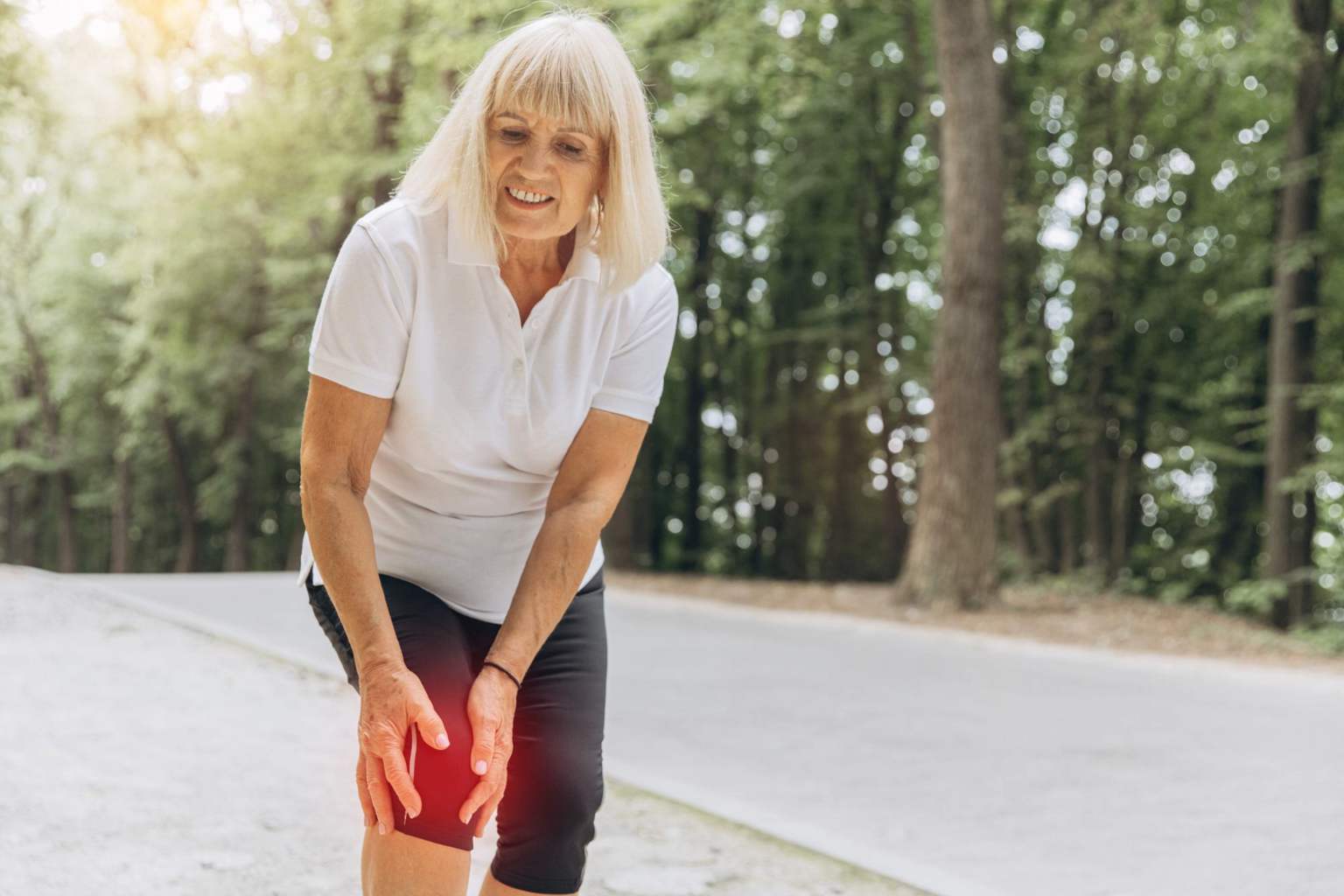As we grow older, joint pain often becomes an unwelcome companion, especially in the knees. For those over 60 struggling with knee issues, the usual advice might be to swim or bike to stay active without stressing the joints. But what if the best option isn’t either of those?
Surprisingly, a gentler, more effective way to keep your knees healthy and your body strong exists – and it’s called Pilates. This often-overlooked exercise can be a game-changer for seniors suffering from knee pain, offering not just relief but improved mobility and overall wellness.
Why Pilates shines for knee health
While swimming and cycling are popular low-impact workouts, Pilates provides a targeted approach that many overlook. It focuses primarily on strengthening the core, glutes, thighs, and back—the crucial muscle groups that support the knees.
These muscle groups are essential for proper alignment and stability, which can dramatically reduce the strain on knee joints. When your core and leg muscles are weaker, your knees have to work overtime, often leading to pain or further injury. Pilates builds muscle strength without high-impact movements, making it an ideal choice.
Unlike some forms of exercise that require high cardiovascular endurance or complex skills, Pilates is gentle and adaptable for nearly anyone. For seniors, especially those with mobility challenges, even chair-based Pilates sessions exist, allowing them to engage safely and comfortably.
The multiple benefits of Pilates for seniors with knee pain
What makes Pilates particularly appealing for people over 60 is its holistic approach. Not only does it focus on strengthening the muscles around the knees, but it also improves posture and body alignment. Correct posture can ease the pressure on the knees, reducing pain over time.
Better posture isn’t just about less knee pain—it helps overall balance. For seniors, falls pose a serious risk, so improving balance through Pilates can be a life-changing benefit. Less pain, increased stability, and a lower risk of falls all contribute to a higher quality of life.
Additionally, Pilates encourages mindful breathing and body awareness, contributing to better mental focus and stress reduction, which can further aid the healing process and general well-being.
How to get started with Pilates safely
Starting Pilates under the guidance of a certified instructor is the best way to ensure it suits your specific needs. With proper supervision, you can avoid strain or incorrect form, which might otherwise exacerbate knee pain.
Aim for two to three sessions a week for meaningful improvement. This frequency provides consistent muscle engagement without overwhelming your body.
For those who prefer home workouts, there are plenty of online resources like tutorial videos on YouTube. Just remember: learning the basics in person first can help you master correct techniques and avoid injury.
Embracing wellness at every age through Pilates
Integrating Pilates into your routine isn’t just about managing pain—it’s about reconnecting with your body and nurturing its strength through a gentle yet powerful practice. This mindful exercise enhances not only your knees but your entire body, giving you a better sense of control and balance.
I remember when I started Pilates after struggling with knee discomfort. At first, I was skeptical, worried it might be too gentle to make a difference. But the gradual strengthening and improved posture did wonders. My knees felt more supported, and my confidence to stay active soared. It was a turning point in how I viewed fitness in my later years.
If you’re over 60 and dealing with knee pain, why not give Pilates a shot? It’s a safe, effective way to stay active and protect your joints without harsh impact. What’s your experience with Pilates or other low-impact exercises? Share your thoughts or questions below—let’s keep the conversation going!
